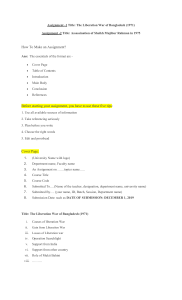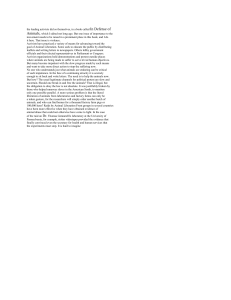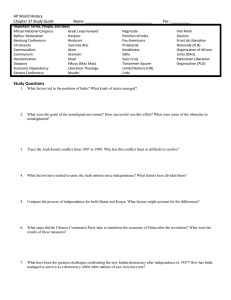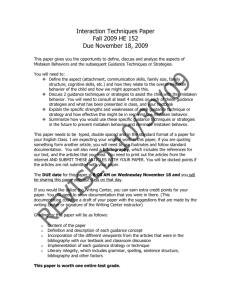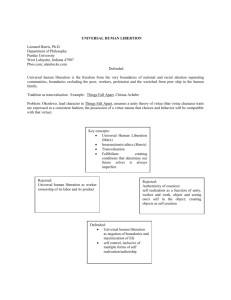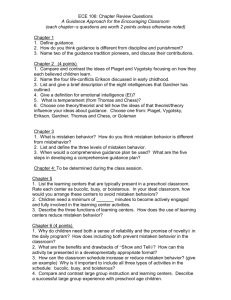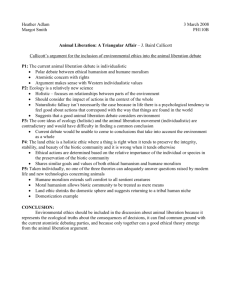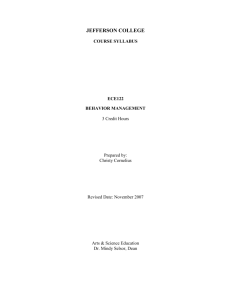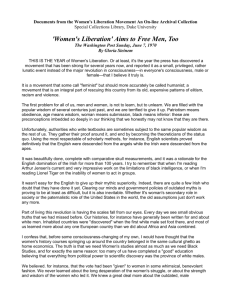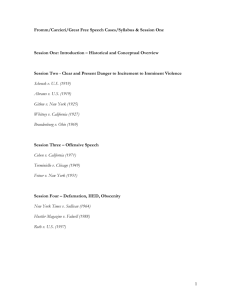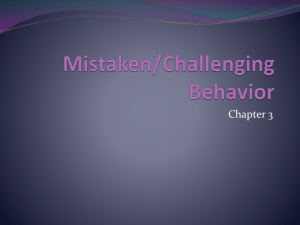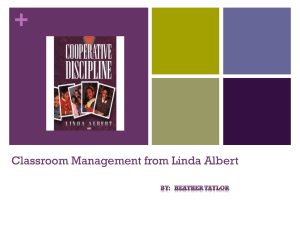1E-OTL-1 November, 1997 EDU 146 CHILD GUIDANCE COURSE
advertisement
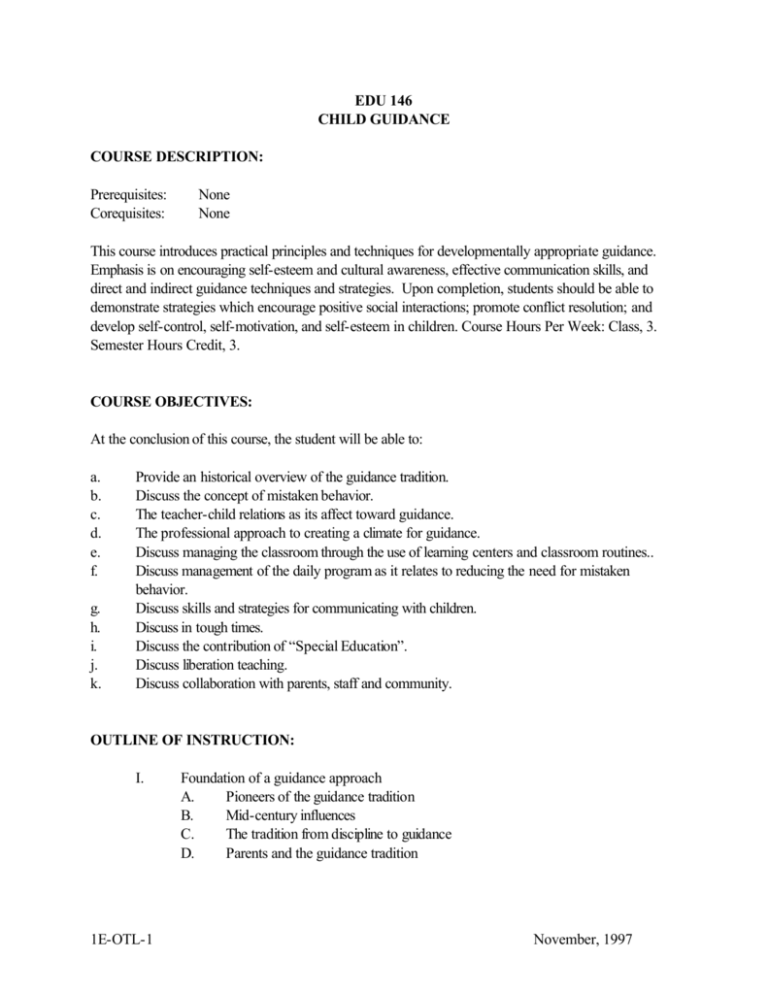
EDU 146 CHILD GUIDANCE COURSE DESCRIPTION: Prerequisites: Corequisites: None None This course introduces practical principles and techniques for developmentally appropriate guidance. Emphasis is on encouraging self-esteem and cultural awareness, effective communication skills, and direct and indirect guidance techniques and strategies. Upon completion, students should be able to demonstrate strategies which encourage positive social interactions; promote conflict resolution; and develop self-control, self-motivation, and self-esteem in children. Course Hours Per Week: Class, 3. Semester Hours Credit, 3. COURSE OBJECTIVES: At the conclusion of this course, the student will be able to: a. b. c. d. e. f. g. h. i. j. k. Provide an historical overview of the guidance tradition. Discuss the concept of mistaken behavior. The teacher-child relations as its affect toward guidance. The professional approach to creating a climate for guidance. Discuss managing the classroom through the use of learning centers and classroom routines.. Discuss management of the daily program as it relates to reducing the need for mistaken behavior. Discuss skills and strategies for communicating with children. Discuss in tough times. Discuss the contribution of “Special Education”. Discuss liberation teaching. Discuss collaboration with parents, staff and community. OUTLINE OF INSTRUCTION: I. 1E-OTL-1 Foundation of a guidance approach A. Pioneers of the guidance tradition B. Mid-century influences C. The tradition from discipline to guidance D. Parents and the guidance tradition November, 1997 II. Mistaken behavior A. The concept of mistaken behavior B. Relational patterns C. Levels of mistaken behavior D. Health factors III. Guidance discipline A. A guidance approach B. The nature of childhood C. Problem solving D. Crisis intervention E. The teaching team IV. Creating the climate A. The learning dynamic B. Developmentally appropriate practice C. Liberation teaching D. A climate for partnership with parents V. Managing the classroom A. Using learning centers to organize the classroom B. Routines in an effective classroom management system C. Volunteerism in the classroom VI. Managing the daily program A. The daily program B. Active & quiet times C. The place of large groups D. Transitions E. Working with parents in the classroom VII. Communication A. Creating a supporting atmosphere B. Guidelines, not rules C. Listening D. Team teaching E. Parent communication VIII. Guidance is tough times A. Crisis management techniques B. Monitoring teacher feelings C. The individual education plan D. Communication with staff & parents 1E-OTL-2 November, 1997 1E-OTL-3 November, 1997 IX. Liberation teaching A. What is liberation teaching B. Liberation teaching and diversity C. Liberation teaching and parents participation REQUIRED TEXTBOOKS AND MATERIALS: Gartrell, Daniel A Guidance Approach to Discipline. Delmar Publishers Inc., 1982. STATEMENT OF DISABILITIES ACCOMMODATION: Students who require academic accommodations due to any physical, psychological, or learning disability should request assistance from the Disability Services Coordinator within the first two weeks of class. Likewise, students who potentially require emergency medical attention due to any chronic health condition are encouraged to disclose this information to the Disability Services Coordinator within the first two weeks of class. The Coordinator can be contacted by calling 686-3606, (V/TT), or by visiting the Student Services Office, Room 23, of the White Building. 1E-OTL-4 November, 1997
